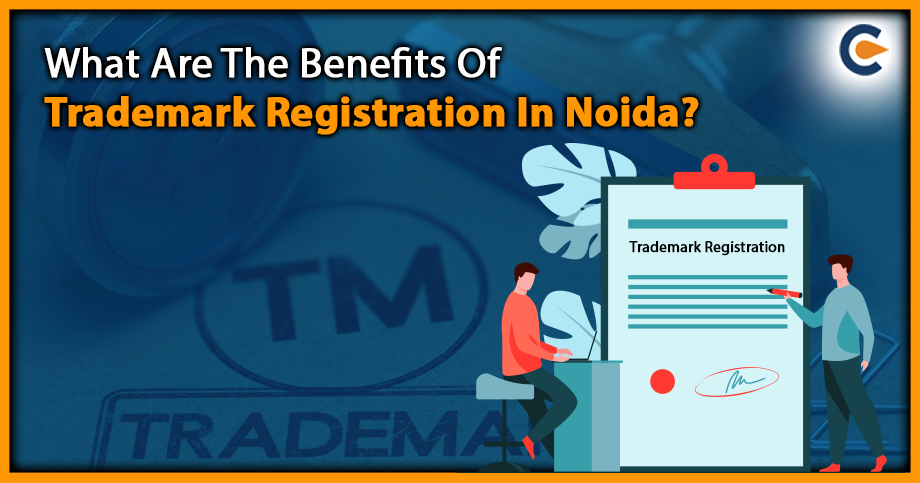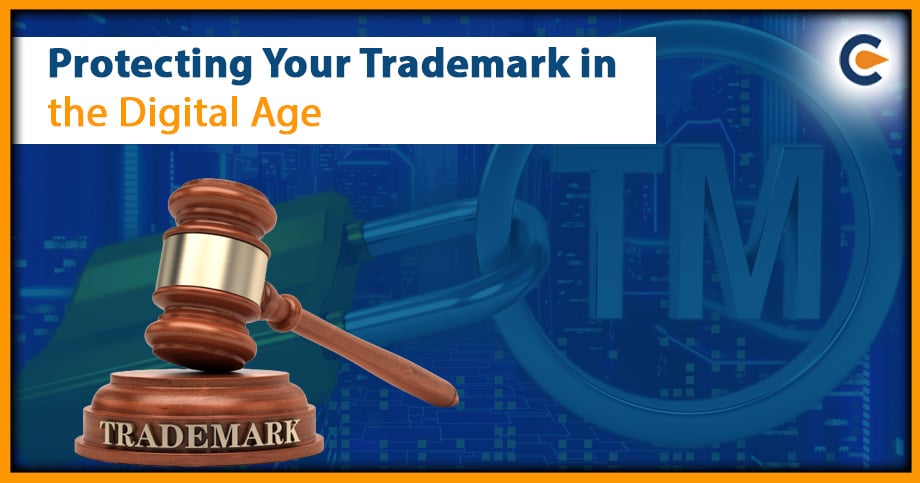When we think of the general paradigm of property, the first thing that pops up in our mind is physical possessions such as houses and automobiles. In modern society, though, the meaning of property goes beyond what we can see and touch. Technically, physical possessions are referred to as tangible property, something that we can touch or observe. Similarly, logos, name, design, and inventions are intangible forms of property and legally refer to as Intellectual Property. The constitutional framework of our country allows any law-abiding citizen to assign ownership to these intangible creations. In this write-up, you will learn about the basics of intellectual property rights and their types in brief.
What do you mean by the term “Intellectual Property”?
Intellectual Property is generally referred to as creations of the mind, such as literary & artistic work, invention, symbol[1], logo, design, images, and name. Intellectual property rights render statutory protection for inventions and creations, to enables inventors & creators to reap recognition & fiscal benefits from their work.
In India, intellectual property rights are regulated and administered by Trademarks Act, 1999; Patents Act, 1970; Indian Copyright Act, 1957; Designs Act, 2001, etc
Three fundamental types of IP exist in our constitutional framework: copyrights, trademarks, and patents. Let’s discuss them one by one.
Read our article:Shedding Light on Trademark Infringement Case filed by Parle Agro against Walmart
Understanding Different Forms of Intellectual Property Rights
The section below briefly explains the different form of intellectual property rights exists in our constitutional framework.
Copyrights
- A Copyright is a term that is utilized to describe the ownership rights of an individual to an original expression of creativity. These creations could exist in the form of advertisements, books, or even databases. Please note that an individual cannot copyright an idea; instead, they can copyright an expression of an idea. Originality is the only criteria to determine whether the said work is copyrightable or not.
- Like we mentioned, Copyright safeguards the expression & not the substance or content per se. For instance, an author writes about the making of a submarine. Here, the idea of manufacturing a submarine is not safeguarded but the only way of expressing is secured. Patent law safeguards such ideas, not the Copyright Act.
- The term “Copyright” lacks legal definition under the Indian Copyright Act, 1957, (former version of Copyright Act). The general implication of this term refers to the “right to copy” which is accessible to the author or the creator only, as the case may be. Henceforth, any other individual who counterfeits the original work would be subjected to penalties under the Copyright Act.
Chapter VI of the Copyright Rules, 1956 specifies the registration procedure under the Copyright Act.
The registration procedure is as follows:
- Start from applying in Form IV, enclosing Statement of Particulars for the copyright registration as mentioned in the first schedule to the Rules ;
- Independent applications ought to be made for registration of each work;
- Each application will go along a standard fee as mentioned in the second schedule to the Rules; and
- The application must enclose the applicant’s signature or the advocate in whose favor Power of Attorney has been executed.
Keeping these points in mind will improve your understanding of the basics of intellectual property rights.
Trademark
- A trademark legally refers to a recognizable symbol or logo created to instill distinctiveness in product services or a brand. The golden “M” of McDonald’s is a perfect example of the trademark.
- Every trademark in India governs by the Trade Mark Act, 1999. Trademark is classified as intellectual property, and thus, is protected from infringement.
- To instill distinctiveness in a product, the trademark must reflect its source. This doesn’t indicate that it should inform the end-users of the actual manufacturer, producer, or trader of the product. The aforesaid credentials usually remain unknown to the customers that specify the real identity of the product. This is not imperative for the trademark to meet its purpose of reflecting origin. It is enough that the end-users can trust in the concerned firm, not necessarily known to him, being accountable for the products or services sold under the trademark.
- To get vested with trademark rights one has to opt for the trademark registration. Apart from rendering exclusive protection, Trademark helps the end-users to identify the brand as well as the brand value in one look.
- Unlike patents, trademark does not adhere to a definite limitation period. Where patent rejoices the 20 years of validity, a trademark registration remains valid for 10 years only. Moreover, a trademark is a renewal in nature, unlike a patent. Also, there is no limit on how many times the owner renews the trademark. That means the trademark will stay valid as long as the owner keeps it renewing.
- The applicant seeking trademark protection can visit IP India online portal and submit the application for the same in the prescribed form. Unlike conventional methods, online filing for trademark registration is easy and user-friendly.
Patent Protection
- Patent protection is generally bestowed to the inventions that have the potential to resolve the prevailing problem through a distinct method or process. In simple terms, a patent refers to exclusive rights to a process or a product that typically renders a new way of doing something, or facilitates a new technical solution to a problem.
- To avail of patent protection, the inventor is required to reveal technical details about the invention publically in a patent application.
- The patent owner might render approval to, or license, third parties to leverage the invention on mutually agreed norms. The owner might also sell out the right to someone else, who will then rejoice in ownership of the patent.
- After the expiration of a given patent, the protection ceases to exist, and an invention becomes accessible publically; that is, anyone can commercially use the invention without violating the patent. The patent protection normally lasts for 20 years from the date of application filing.
Filing of patent application in India
|
No |
Stages involved in the patent process |
Form No. |
|
1. |
Application regarding the grant of patent |
Form 1 |
|
2. |
Provisional/complete specification |
Form 2 |
|
3. |
Statement as well as undertaking u/s 8 (this is only needed where a patent application is already filed outside India) |
Form 3 |
|
4. |
Declaration as to inventor ship |
Form 5 |
|
5. |
Forms submitted only by small entities & start-ups. |
Form 28 |
Understanding the basics of intellectual property rights is vital for the one seeking engagement with the same in one way or another. At least it will ensure a clear picture regarding how things go when one opts for copyright or trademark protection. Also, keeping these basics in mind will let you overcome the confusion regarding different forms of IPR.
Bottom-line
The intersection of Intellectual Property is of utmost importance as our society continues to create ideas that improve our lives. Our constitutional framework plays a pivotal role in securing the person’s intellectual property from being infringed by anyone who has no part in its creation.
Let us know if you seek some clarification on the basics of intellectual property right. Corpbiz’s experts are always there to help you out.
Read our article:An Overview on Document Required for Trademark Registration











